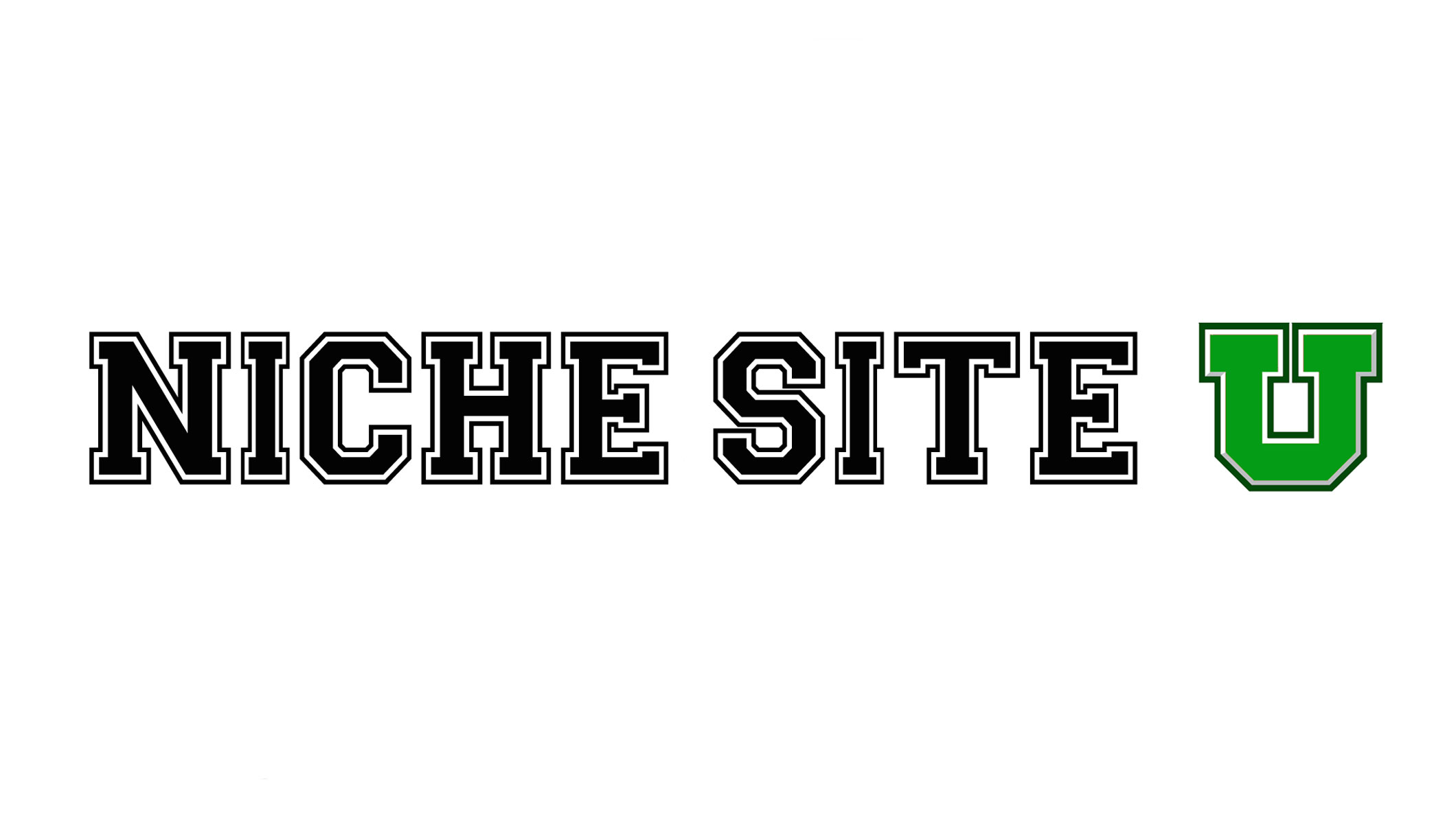When you think of artificial intelligence, images of futuristic robots or memories of bad sci-fi films might come to mind. However, the reality of AI is actually a lot more tame: a friendly search engine, for instance.
But while we type our queries into Google and usually get fairly useful results, the same has not always been true for the information gleaned by scientific researchers.
Although existing resources like Google Scholar and PubMed provide scientists with resources much faster than the methods of old, they don’t always cover the nitty-gritty details that are needed.
Now, a new, free search engine called Semantic Scholar is using AI technology to help these scientists find relevant information much more quickly.
Semantic Scholar has been labeled a game-changer for these professionals, who previously had no way of effectively combing through mountains of dense research. While Google Scholar has a huge database – it has indexed more than 200 million articles to date – it’s lacking in terms of providing access to metadata.
It can help scientists find studies, but it won’t tell them how often a paper or author has been cited. Essentially, it can make a scientist’s job even more difficult because the research tool they’re using isn’t comprehensive.
But Semantic Scholar is different. Developed by Microsoft co-founder Paul Allen in conjunction with his non-profit organization, the Allen Institute for Artificial Intelligence, Semantic Scholar first launched last November. Known as AI2, the non-profit built the engine in collaboration with Allen’s other research organization, the Allen Institute for Brain Science.
Originally launched as a research tool for computer science, Semantic Scholar’s real appeal is its AI-based design.
Instead of simply listing a study’s abstract and bibliographic data, this new search engine is actually able to think and analyze a study’s worth. GeekWire notes that, “Semantic Scholar uses data mining, natural language processing, and computer vision to identify and present key elements from research papers.”
The engine is able to understand when a paper is referencing its own study or results from another source. Semantic Scholar can then identify important details, pull figures, and compare one study to thousands of other articles within one field.
So why is Semantic Scholar a better option?
“Medical breakthroughs should not be hindered by the cumbersome process of searching the scientific literature,” Allen stated in a press release. “My vision for Semantic Scholar is to give researchers more powerful tools to comb through millions to academic papers online, to help them keep up with the explosive growth of science.”
As it stands now, scientists can use other search engine databases as a jumping-off point, but what they find often requires additional research.
The results don’t give the full picture of a study, its variables, or the overall impact. The CEO of AI2, Oren Etzioni, notes that the current options can result in too much information with no real ranking method.
“If you’re dealing with information overload, you want these things to help you cut through the clutter, [and] slice and dice the results.”
Because the search engine uses natural language, it’s able to think and make judgments about which studies are most relevant to a given search.
TechCrunch notes that “it can make intelligent judgements on … which related or cited papers are most relevant, or what other work the current paper has helped lead to… Results are fast, relevant, and easily sorted or drilled down into. For a scientist who frequently consults such articles, this is a huge advance.”
What does this mean for Google Scholar?
AI2 doesn’t want to compete with Google; that would be a fool’s errand, says Etzioni. They just want to provide a better option. “Our goal is to raise the bar” by providing scientists with more effective options to conduct their research, he says.
In fact, many scientists are planning to use both engines to conduct their research, in part because the current state of Semantic Scholar is somewhat limited in comparison to more established engines.
In addition to computer science, Semantic Scholar now covers the neuroscience field and is able to search 10 million published papers. While that sounds impressive, it pales in comparison to Google Scholar’s current database.
The future of Semantic Scholar
Despite its shortcomings, industry professionals see huge potential in Semantic Scholar. Not only is the engine free of charge, but due to its design, it’s more powerful and thorough than other available options.
Developers have already expanded its territory to the biomedical and neuroscience fields, and they intend to keep growing.
Etzioni says that the engine could eventually become a hypothesis engine, guiding scientists to look at the bigger picture or to view a problem from a different angle.
In so doing, it could act like a department head who points out when a method was previously effective, or an area that has remained untested. It could help give scientists direction and result in better quality research.
And even though the engine is still being developed, it’s already been quite successful. Since Semantic Scholar was first launched, 2.5 million people have used the service and have performed millions of searches.
It may still have a long way to go as far as indexing, but the institute hopes to fully expand the engine’s biomedical research library by the end of 2017. By putting AI at the service of the scientific community, Semantic Scholar ensures that only the best and most relevant studies are used. This will, in turn, lead to higher quality and more advanced research — a concept that stands to benefit everyone.

